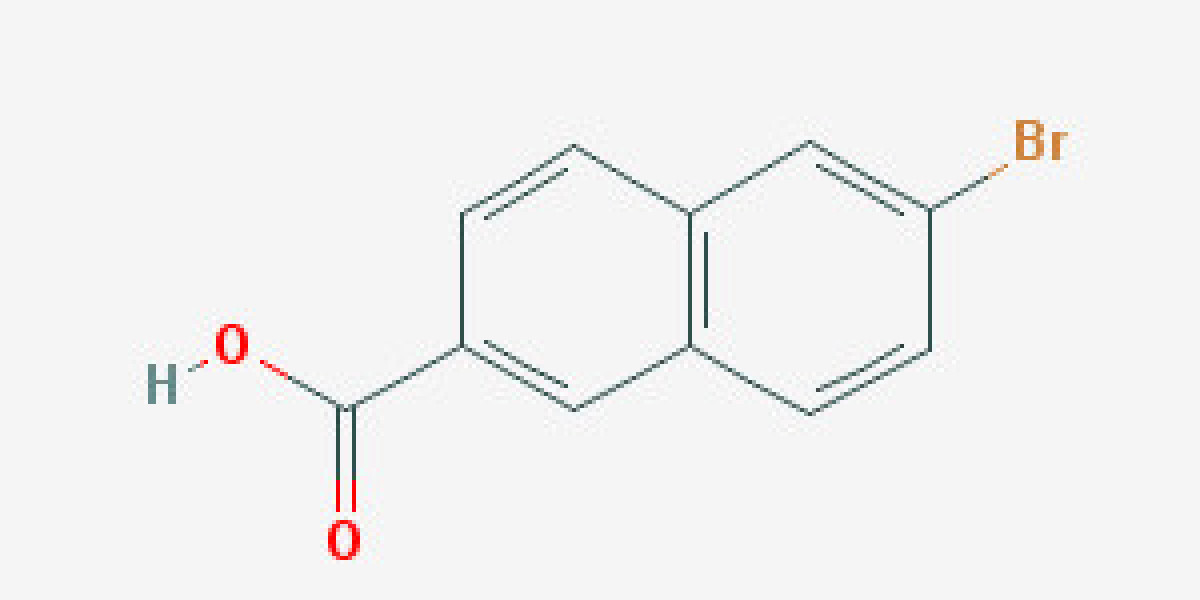What is the process of importing cosmetic raw materials?
The import process of cosmetic raw materials mainly includes the following steps:
Preliminary preparation:
Filing certificate: Prior to shipment, the importer must obtain an administrative license or filing certificate for imported cosmetic raw materials from the National Medical Products Administration (NMPA). This is an important certificate for importing cosmetic raw materials, which needs to be applied for in advance and ensured to be valid.
Consignee/Consignor Filing: Importers and exporters need to complete the consignee/consignor filing with customs for management and supervision.
Label preparation: Ensure that the packaging of cosmetic ingredients is labeled with compliant information, including ingredients, production date, shelf life, etc. These labels must comply with China's import requirements and provide a Chinese translation.
Document preparation: Prepare necessary documentation such as packing list, invoice, contract, bill of lading, certificate of origin, health certificate, ingredient ratio table, safety commitment letter, hazardous substance identification table, etc. These documents must be stamped and confirmed by the seller, ensuring their authenticity, accuracy, and completeness.
Transportation and Customs Declaration:
Shipment arrangement: According to the agreement between both parties, arrange to ship the cosmetic raw materials to the designated Chinese port. Usually, sea freight is the main method because cosmetic raw materials are usually larger in volume and have relatively lower shipping costs.
Exchange of documents: After the goods arrive at the port, it is necessary to exchange the bill of lading with the shipping company or freight forwarder for subsequent customs declaration and delivery operations.
Import inspection: Submit inspection materials to the inspection department and apply for inspection of cosmetic raw materials. The inspection department will conduct sampling inspection on the goods to ensure compliance with relevant Chinese regulations.
Import customs declaration: Submit customs declaration materials to the customs, including commercial invoices, packing lists, contracts, bills of lading, filing numbers, certificates of origin, etc. The customs will review the customs declaration documents and conduct price and cargo inspection operations.
Subsequent actions:
Customs inspection: Customs will inspect imported cosmetic raw materials to ensure that the goods match the customs declaration documents. During the inspection process, it is necessary to cooperate with customs personnel to unpack and move the goods, and ensure the integrity of the goods.
Designated agency inspection: Send cosmetic raw materials to designated inspection agencies for quality inspection to ensure that product quality meets relevant Chinese regulatory requirements. After passing the inspection, the inspection department will issue a hygiene certificate.
Payment of taxes and fees: Based on the tariff rate of cosmetic raw materials and the import value-added tax and consumption tax, calculate the payable taxes and fees, and pay them at the bank designated by the customs.
Release and pick-up: After completing the above steps, the customs will approve the release, and the importer can pick up the goods to the designated warehouse. In the warehouse, it is necessary to properly manage cosmetic raw materials to ensure their quality and safety.





